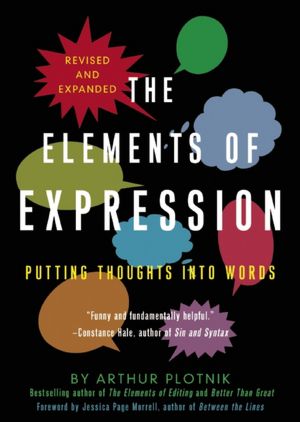Teenagers. Just the thought of your sweet baby
becoming one of those moody, rebellious, distant creatures can be terrifying. But it doesn’t have to be. Dr. John Duffy’s The Available Parent shows readers how
they can begin to enjoy a healthy, satisfying, exciting new kind of
relationship with their teenagers.
Take a look:
They look so different, don’t they, than they
did when they were younger? Many of those soft, gentle, rounded features of
childhood have been replaced with angles, edges, muscle, height, and hair. As
preteens and teenagers, they seem pointier somehow. The face that for years
wore a perpetual smile now carries something heavier in the brow, something
more thoughtful or sullen. You fear loneliness or depression has befallen them.
And the way they look, that’s just a part of it, isn’t it? They act differently,
more self-conscious, moody, unpredictable, and concerned. Definitely less
joyful. And then there’s the way they relate to you. What happened there? Your
life together to date has been nearly blissful in comparison, filled with fun
and laughter, learning and sharing.
That sharing part, that really seems missing
today. They really don’t seem to want to talk with you or share with you at
all. They seem distant and avoidant. Their bedroom is a vault, filled with secrets
and answers you no longer feel privy to. You find yourself in the paradoxical
position of grieving the loss of someone very much alive, someone you hear
snoring, talking on the phone, or tromping to the bathroom upstairs. You feel
evermore powerless and afraid. All their lives, you have heard and read about
the horrors of adolescence, but always felt that your family would somehow get
a pass. But here you are. Yet you know, deep in your heart, that it doesn’t
have to be this way.
You are right.
If any of this resonates with you, you are
right. Even if it has been this way for years, even if the same dynamic played
out in your relationships with your parents, and their relationships with their
parents, you are right. It does not have to be this way. I am writing this book
because I have seen families change. I have been fortunate in my work to
witness teenagers and parents reconnecting, doing so in healthy ways, ways that
set the stage for growth all around. Yes, parenting an adolescent can be
difficult at times, but
I know that with the right tools, and a
dramatically different way of perceiving these years, you can recapture your
bearings and find the joy again.
Now, I’m not sure why we as a culture feel
the need to hold tight to the dread of adolescence. Perhaps we find some
comfort in the idea that everybody feels this way about teenagers, so it
must be true. Maybe it provides us with an excuse when things go wrong—“Well,
like the books say, she’s crazy. What can I do?” Either way, I think a
change in point of view, in which we see our teenagers as the extraordinary
individuals that they are, will make parenting them far less daunting and far
more enjoyable. For everybody.













